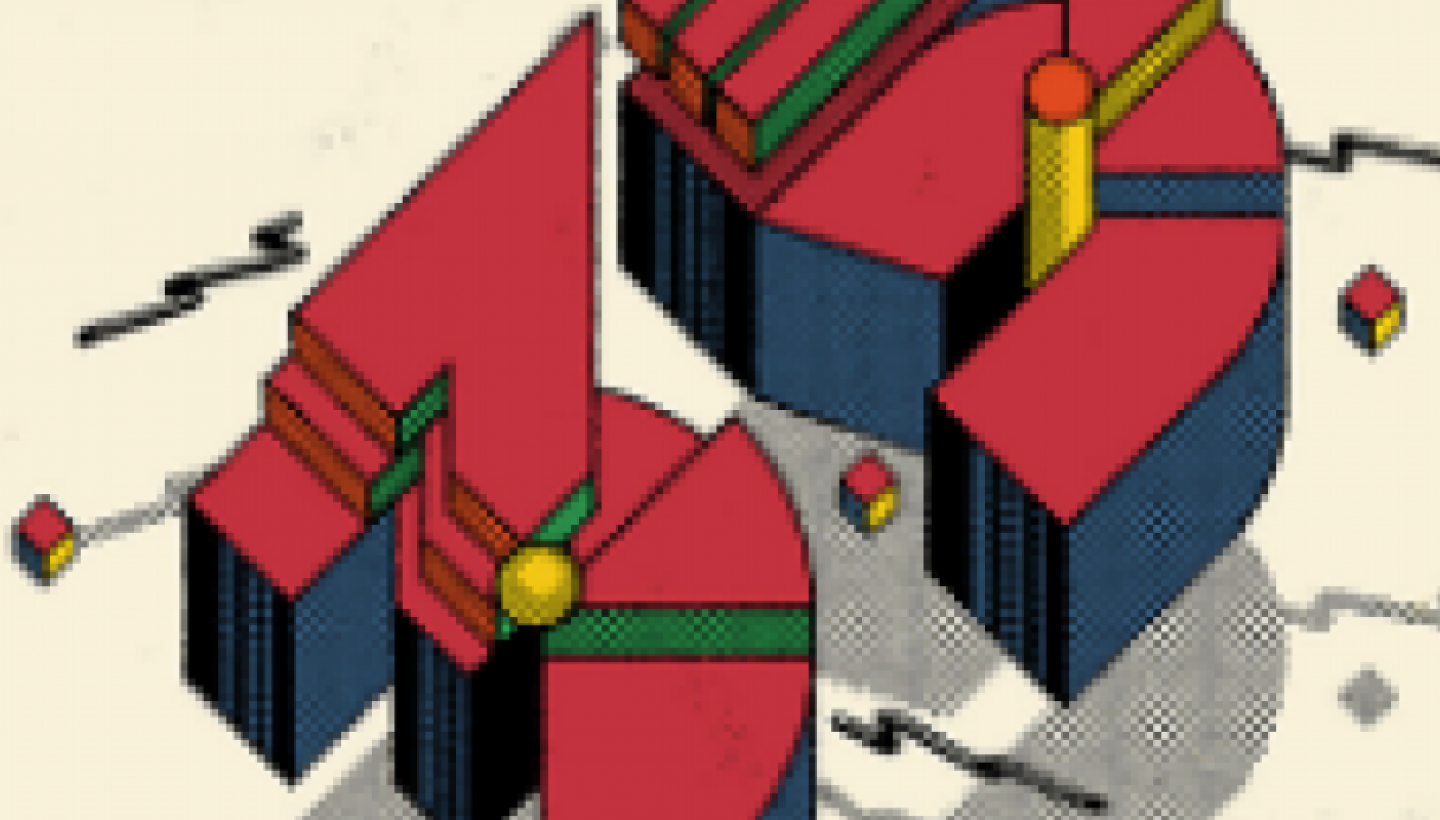Santiago Villegas and Rand Hindi have been highlighted, as they were the winners of there respective regional editions granted by the Spanish version of the magazine, published by Opinno.
MIT Technology Review, the oldest technology publication in the world, has once again selected the 35 Innovators Under 35 2014. This list awards the most ground-breaking projects in the field of technology, able to generate an impact in society and that tests the greatest young minds on the planet.
All of the ideas selected have a common denominator of technological innovation. However, their objectives, themes and principals are so diverse that the publication has divided them into five categories: Humanitarian, Pioneers, Visionaries, Inventors and Entrepreneurs.
The MIT Technology Review Humanitarian group is complied of those with the aim of expanding opportunities and improving politics. This year there are four contenders in this category. Santiago Villegas’ project Seguridad en línea is one of them. Seguridad en Línea is a social network created to help denounce delinquents in Medellín (Colombia).
Villegas’ selection for the global edition of the magazine acknowledges the Spanish edition of MIT Technology Review’s criteria, as it included the investigator as one of the winners of the Colombian edition 2014, in which he was also named Innovator of the Year.

Rand Hindi is in the same situation. Included in the Under 35 Innovators Awards in France 2014 by the Spanish edition of the MIT Technology Review, at 29 he has been included in the Entrepreneurslist, dedicated to the most ingenious projects aimed at revolutionising society and encouraging its development.
Hindi is responsible for Snips, a start-up that predict the needs associated to living in a big city. His business, in collaboration with the French railway network, has developed a model able to predict, with three days notice, how busy the trains are going to be in order make it easier for the people booking seats.
The third category is Pioneers and represents those who are generating innovations for the future. One of the nine in the category is Kay Tye, who at 33 has managed to manipulate neural connections. His advance will allow more control to be had over certain mental alterations like anxiety and social interaction.
Next to Tye’s there are projects like Megan McCain’s, based on personalized cardiac remedies through chips, and the project developed by Hui Wu, focusing on economic and efficient batteries to fix the pollution problems in China.
The fourth group of are the Visionaries, represented by six easy solutions to complex problems. For example Rumi Chunara, who wants to be able to predict outbreaks such as the flu. For this there are social networks, so that citizen information is more accessible, massive and easy to compile. Another visionary idea from this year is a tool so that computers can learn for themselves, designed by Quoc Le.
Lastly MIT Technology Review has selected Inventors. Eight young people able to give way to the latest advances in technology. Amongst them is the work of Tanuja Ganu that aims to prevent blackouts in India. For this, she has designed a box called nPlug that will go between the socket and the appliance connected to it that adapts to electricity demands. Other examples are: a super-repellent material, patches for children’s hearts and an artery pressure meter.
Leaving your mark on innovation and entrepreneurialism in the social community is the pillar that Opinno shares with these young innovators. Their acknowledgment is just one way of encouraging the support they need to improve society with modern and agile tools. This is precisely the philosophy that Opinno aims to spread through the projects that it carries out all over the world.



